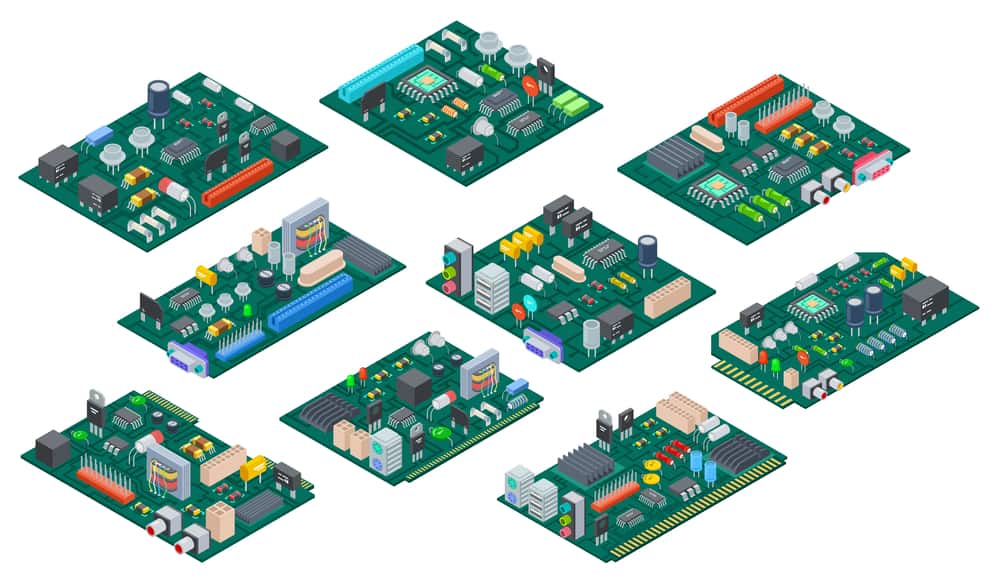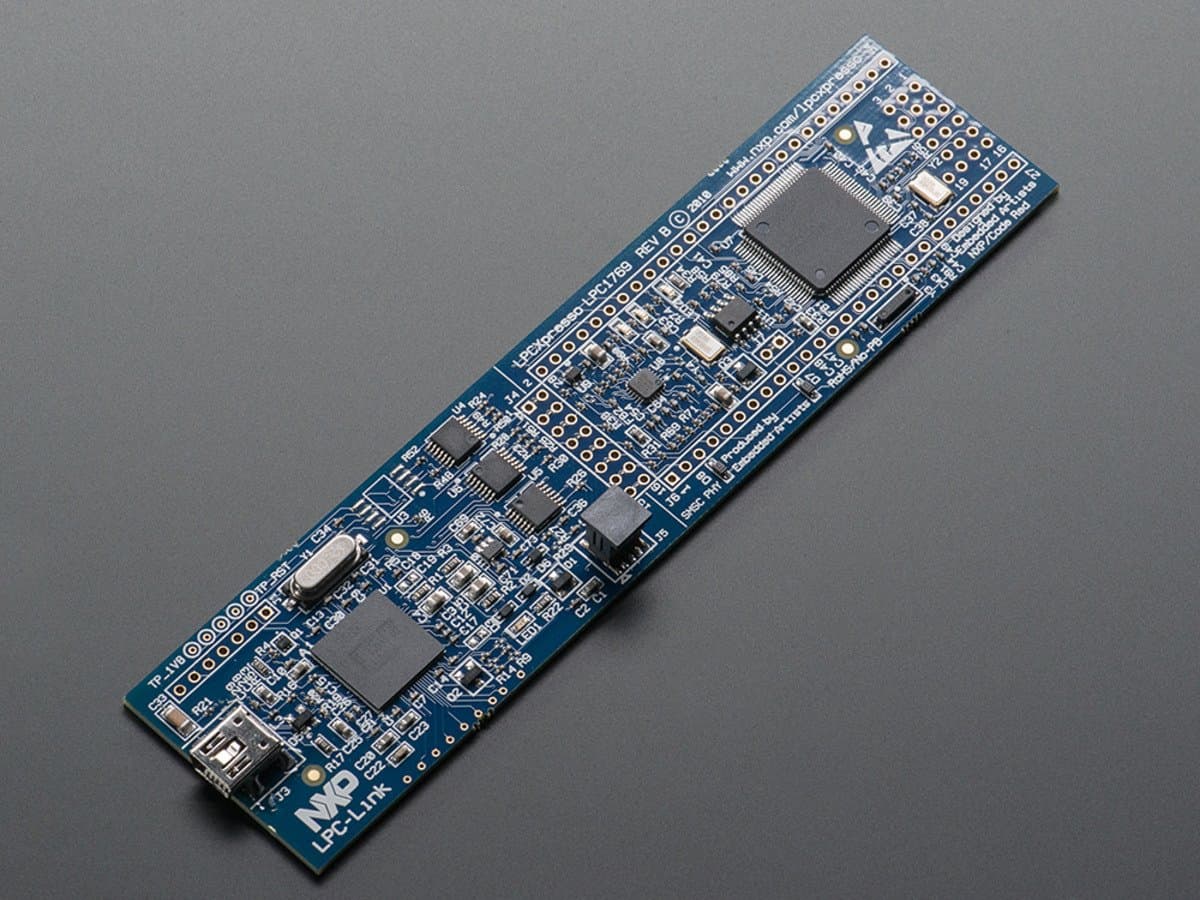
Build out your embedded ecosystem with LPC1769 MCUs from NXP
Each major component maker has produced its own family of microcontrollers for embedded systems, each with its own unique feature set and value proposition. The LPC1769 MCU from NXP Semiconductors is part of a family of products for embedded systems. The LPC1769 MCU offers competitive embedded performance at low clock frequencies with multiple digital interfaces. These lightweight processors are an excellent choice for applications like industrial automation, sensor data acquisition, some robotics or automotive products, and much more.
If you’re looking for a lightweight MCU or you’ve decided to use the LPC1769, consider its specs against more popular platforms. Since this component targets embedded systems, another important point to consider is the level of developer support from the chip vendor. To help you get started with this easy-to-use MCU, we’ll outline the LPC1769 datasheet and the level of developer support you can expect for this MCU.
What’s in the LPC1769 Datasheet?
The LPC1769 MCU from NXP Semiconductors is part of the LPC176x family of 32-bit processors (63-69 suffix). The components in this family are very similar and are built on an Arm Cortex-M3 processor core. The clock runs at frequencies of up to 100 MHz (up to 1768), while the LPC1769 runs at 120 MHz. Other important features include on-board memory, low-speed and high-speed interfaces, digital audio interfaces, and sensor interfaces (GPIO, ADC, and DAC).
The LPC1769 is not as popular as other MCUs, such as the MSP430 or other 32-bit MCUs, but it provides competitive features and capabilities. The important specifications for the LPC1769 are summarized below:
| Supply voltage | 3.3 V nominal (2.4 V to 3.6 V) |
| Clock speed | 120 MHz |
| On-die memory | 512 KB on-chip flash, 64 KB SRAM |
| Interfaces | High GPIO count, 10-bit DAC, 12-bit ADC |
| Computing interfaces | Ethernet, USB 2.0 Full-speed |
| Bus interfaces | I2C, I2S, UART (1 with RS-485/EIA-485 support), CAN 2.0B, FIFO, SPI |
| Other features | RTC clock, adjustable oscillator (1 to 25 MHz), integrated PMU with multiple power-saving modes, PWM output for motor driver applications |
The other components in the LPC176x family have lower specifications in terms of clock frequency, memory, and interface count. Other than these points, other components in this product line are comparable to the LPC1769 MCU. A copy of the LPC1769 datasheet can be found on the NXP Semiconductors website. Just like other product lines with comparable components, the LPC1769 specifications are lumped with the other components in the LPC176x product line; keep this in mind when reading the datasheet.
These features make the LPC1769 ideal for a range of products, such as:
- Controller for small motors
- Sensor control and data acquisition
- Low-power, lightweight computing for small wearables
- Host controller for digital sensor interfaces, e.g., in environmental monitoring
Adding an LPC1769 to Your Design
Embedded systems design is about creating the PCB as much as it is about programming a new application. These designs all require firmware developed to run the host application and a physical layout on the PCB. However, before you go wild creating a custom PCB, take some time to work on firmware for your application with some resources from NXP.
Developer Support
Just like any other MCU, the LPC1769 will need to be flashed with custom firmware to run an embedded application and interface with peripherals. An important point that isn’t often considered when selecting an MCU is the level of developer support provided by the vendor. The LPC1769 datasheet is extensive in terms of interface specifications and pin mapping, but it is not a programming guide. Also, NXP does not provide an SDK for this component, in contrast to other vendors of popular MCUs.
However, NXP does provide a list of C++ libraries and code examples for LPC MCUs, which can be used in the LPCXpresso IDE. Don’t assume that code written for an earlier LPC176x component will be forward compatible—you may need to convert your older binary to a hex file and then download with something like FlashMagic to flash the MCU. It’s recommended that designers use the LPC1769 Series Microcontroller LPCXpresso Development Board to build and debug their application before flashing onto a prototype board.

LPC1769 MCU dev board from NXP
CAD Models
The LPC1769 comes in multiple PCB footprints, each with a different pinout. Variants are available in LQFP100 or TFBGA100 land patterns (both SMD components). Before creating your own schematic symbols and footprints, you can use an electronics search engine, such as the Ultra Librarian search engine, to access the LPC1769 datasheet and CAD models for your components. When you use Ultra Librarian, you’ll have access to updated datasheets, technical specifications, CAD data, and verified 3D models that can be imported into popular ECAD applications. You’ll also have access to sourcing information from worldwide distributors.
Working with Ultra Librarian sets up your team for success to ensure streamlined and error-free design, production, and sourcing. Register today for free.








